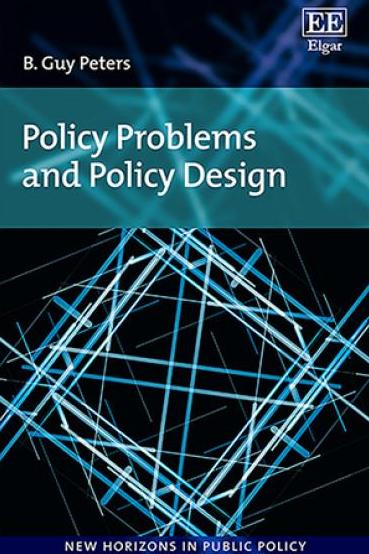‘The new book from B. Guy Peters is a review of the latest thinking on public policy design. It will serve as a key resource for scholars researching this topic and also for practitioners seeking a broad guide to the field. It is clearly organised and written well, with many insights for specialists in the subject but without requiring advanced knowledge from other readers. Policy practitioners will be able to take much from it, as well.’
– Nick Turnbull, Local Government Studies
‘In the 1980s, Guy Peters pioneered the idea that public policy could be understood as a process of design. Three decades later, he returns with this new book which critically reflects on that idea’s re-emergence under the banner of the “new” policy design. His analysis is, by turns, thought-provoking, challenging and surprisingly uplifting. Highly recommended.’
– Andy Jordan, University of East Anglia, UK
‘Much has been written recently about the “new” policy design orientation. But distinguishing what is “new” in this approach compared to earlier studies, and how exactly the new approach advances earlier work on the subject, is a critical activity not usually undertaken in enough detail to make a convincing and forward-looking case. In this very timely and comprehensive volume, B. Guy Peters, one of the founders of the field, draws upon his wealth of experience and knowledge to examine in depth both the “new” and “old” design literatures and to critically assess their merits and demerits. The book offers a solid grounding for both design approaches in better understanding the processes of problem identification and problem solving. It is essential reading for all those interested in policy design and, more broadly, contemporary policy formulation, decision-making, implementation and evaluation.’
– Michael Howlett, Simon Fraser University, Canada





